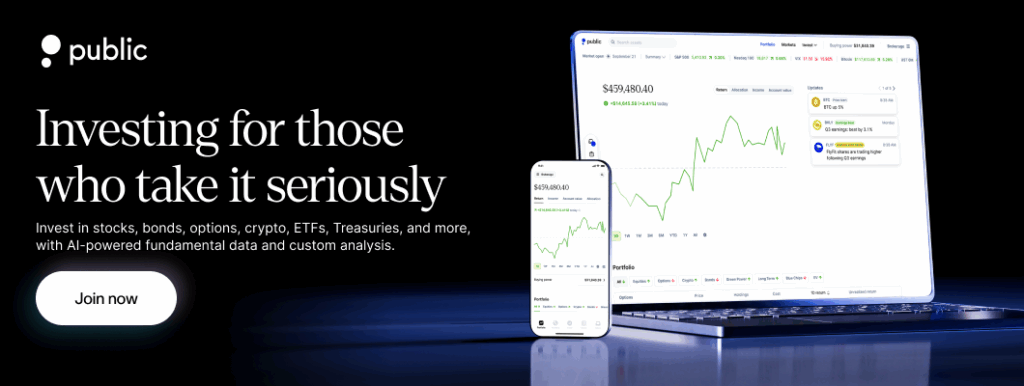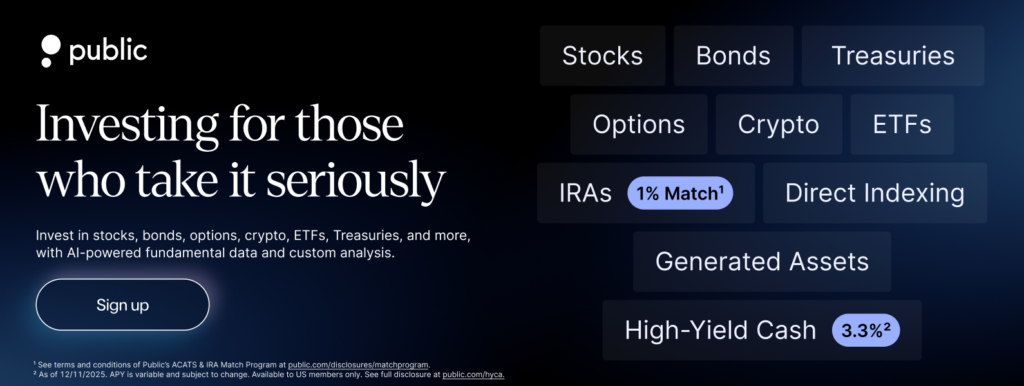E-commerce isn’t just about online shopping anymore. From logistics to cloud computing, it spans a wide range of services that power how people buy and sell goods online. If you’re looking at this space through the lens of investing, there’s a lot more to consider than the checkout cart.
This guide walks you through how to understand e-commerce companies, the types of companies involved, how you can find them, and what role they may play in a diversified portfolio.
What is an E-commerce company?
An e-commerce company is any business that enables the buying or selling of goods and services over the internet. These can be:
- Retail-focused platforms (like Amazon or Etsy),
- Online marketplaces (like eBay or Alibaba),
- Payment processors (like PayPal or Shopify’s merchant solutions),
- Logistics enablers (like FedEx or UPS),
- Infrastructure providers (like Amazon Web Services, which supports many e-commerce sites).
E-commerce companies may operate in B2C (business-to-consumer), B2B (business-to-business), or even C2C (consumer-to-consumer) spaces. They can also be domestic or global, pure-play online retailers or hybrid models with both online and offline presence.
What are the potential benefits of investing in ecommerce stocks?
Investing in ecommerce company stocks offers several potential benefits, especially as the sector continues to grow. Here are some key advantages:
Growth potential:
Ecommerce has seen explosive growth over the past decade, driven by shifting consumer behaviors and technological advancements. As more businesses expand into online retail, ecommerce companies may continue to capitalize on this trend.
Diversified revenue streams:
Many ecommerce companies, like Amazon and Shopify, have diversified business models that generate income from various sources, such as subscription services, digital ads, and payment processing, reducing dependence on one revenue stream.
Technological innovation:
Ecommerce companies are often at the forefront of adopting new technologies such as AI, machine learning, and automation, which may improve customer experience, operational efficiency, and overall profitability.
Resilience in economic downturns:
Online businesses tend to be more resilient during economic downturns as consumers continue to shop online, even when physical stores face challenges.
Scalability:
Ecommerce businesses often have scalable models, which may allow them to expand rapidly without the significant overhead costs associated with physical stores.
These factors may make ecommerce stocks an attractive option for investors looking to capitalize on a growing and evolving sector.
15 Publicly traded E-commerce company stocks
Here’s a list of notable U.S. and global e-commerce companies that are publicly traded:
Source
Some of these companies are U.S.-based, while others are global leaders in e-commerce. Depending on your strategy, you may explore domestic-only stocks or look at international companies that trade on U.S. exchanges via ADRs (American Depositary Receipts).
How to invest in E-commerce companies on Public.com
1. Sign up for a brokerage account on Public
You can sign up for an account on our website or download the Public app from the App Store (iOS) or Google Play Store (Android).
2. Add funds to your Public account
Once your account is set up and verified, you’ll need to deposit funds. You can link your bank account and transfer money into your Public account. Make sure to check for any minimum deposit requirements.
There are multiple ways to fund your Public account—from linking a bank account to making a deposit with a debit card or wire transfer.
3. Search for your preferred stock
Use the search bar to find the e-commerce company you are interested in. Click on the stock to view its details. This includes the current price, historical performance, and relevant news or analysis.
4. Buy the stock
Once you’ve decided to purchase a stock, click on the “Buy” button. You’ll be prompted to enter the amount you want to invest or the number of shares you wish to buy.
Choose the number of shares you want to buy.
Select the type of order:
- Market order: Here, you can execute the trade at the current market price.
- Limit order: This allows you to set a price at which you want to buy.
5. Review and confirm your purchase
After entering your purchase details, review your order to ensure everything is correct. Check the total cost, including any fees, if applicable.
If everything looks good, confirm your purchase. You should receive a notification confirming your order. Your shares will be added to your portfolio once the trade is executed.
6. Monitor your investment in one place on Public.com
After purchasing, you can monitor your investment on Public.com. You can also track your portfolio’s performance and stay updated on market news.
Potential risks of investing in ecommerce stocks
While ecommerce stocks offer growth potential, there are associated potential risks to be aware of. Here are a few common risks:
- Market volatility: Ecommerce stocks, like all stocks, are subject to market volatility. Stock prices may fluctuate widely based on factors like economic conditions, interest rates, and investor sentiment.
- Competition: The ecommerce sector is highly competitive, with numerous players vying for market share. Companies like Amazon, Walmart, and Shopify face competition from both large and small companies, which may impact profit margins and growth potential.
- Regulatory risks: As the ecommerce industry continues to grow, it may face increased regulation, especially in areas like data privacy, taxes, and consumer protection. Changes in regulations could affect the profitability of ecommerce companies.
Conclusion
Investing in e-commerce companies provides exposure to a rapidly evolving sector of the U.S. economy. Whether you invest directly in individual stocks, diversify through ETFs, or explore other options, understanding the market, conducting thorough research, and considering potential risks are crucial steps.
For those looking to get started, we at Public.com offer a user-friendly way to invest in a variety of e-commerce stocks. Sign up today to start investing!


